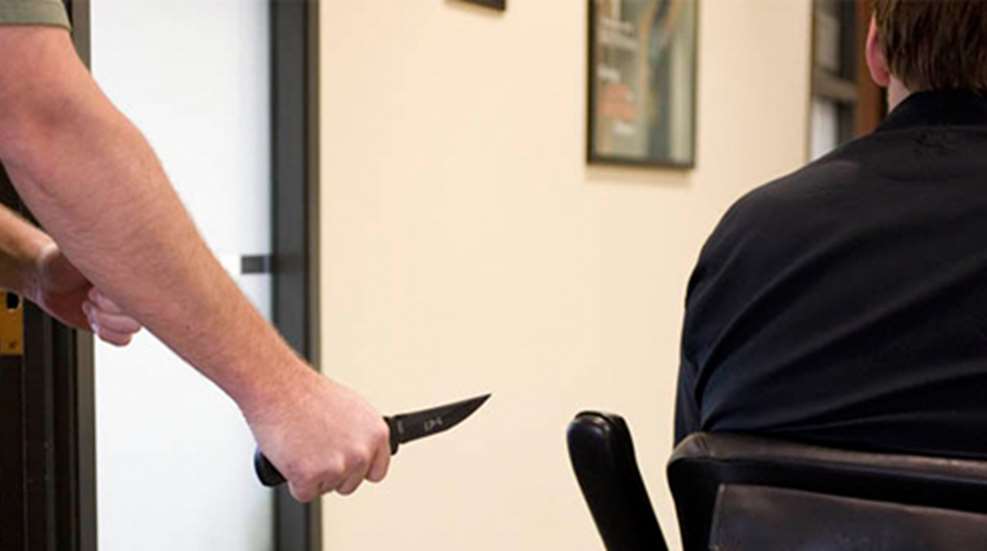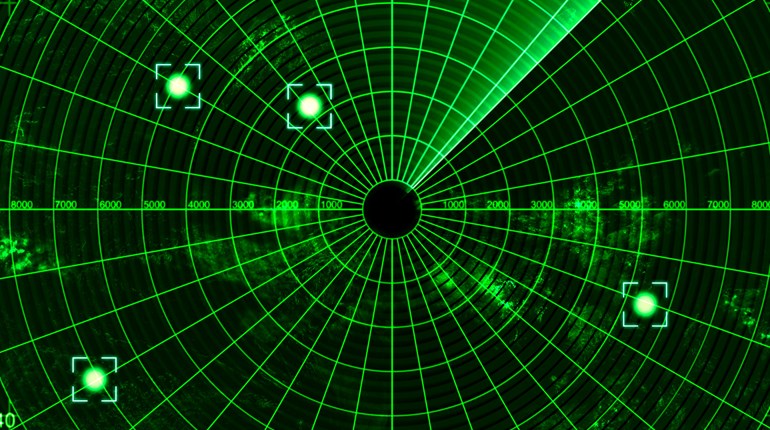
The sooner you can recognize a potential threat, the more options you have to effectively deal with it. In "The Nuts and Bolts of Awareness: Learning to Detect Trouble" Randy LaHaie discusses the notion of the predator/defender timeline. "Image a time line spanning from the time a predator forms the intent to commit a violent crime and the moment he initiates it upon you. The time it takes you to detect, recognize and respond impacts how successful your actions are likely to be. The sooner you act, the more flexible and deliberate you can be in avoiding, escaping or responding to the situation."
In order to anticipate a threat before it occurs, you must learn to detect a predator's cues and signals. But, how do you know what to look for? According to LaHaie, awareness is comprised of three primary aspects, "…knowing what to pay attention to, paying attention to safety-related details and matching the degree of your awareness to your circumstances." He then suggests effective self-defense requires the development of mental maps. "The brain's ability to recognize and understand anything is a result of having a mental map or blueprint relevant to that experience." (what psychologists refer to as "schemas").
Schemas contain all of our accumulated knowledge, experiences and beliefs. Our brain activates them upon the recognition of patterns associated with them. For example, a doctor diagnoses a patient's aliment by evaluating his/her symptoms. Much the same way a mechanic determines what sort of service a problematic car needs by listening to the noises it makes, or the way deer hunters observe things like broken twigs, displaced soil, scrapes and bedding areas. Through experience, they possess the mental maps enabling them to accomplish these tasks. Similarly, detecting a potential threat requires self-defense maps. LaHaie adds, "Schemas allow us to make sense of our world, influencing what we recognize, understand, notice and ignore. They allow us to interpret patterns, predict outcomes and respond in appropriate ways to what happens in our lives."
In order to effectively defend yourself, you need to determine your own self-defense schemas. This can be difficult because most humans typically ignore or resist things contrary to their preconceived notions of the way things are. More importantly, schema enhancement requires an open mind.
As a means of evaluating your own mental maps, LaHaie suggests what he calls the "three As"
Accurate:
In order to be effectively defend yourself, your mental maps need to be accurate. Once established, they need to be constantly refined, "…by learning about violent and predatory situations; how they happen, where and when they happen, who they are perpetrated by and so on." Doing so enables you to recognize pre-assault patterns for the purpose of developing you own inventory of threat-resolution skills and strategies.
Since we gain experience through what we learn, the constant application of awareness and threat-prevention skills will form good habits capable of keeping you out of harm's way. Best of all, they'll eventually become so ingrained into your daily routine they'll be unconscious—automatic.
Your beliefs can affect your perceptions of self-defense in that they can empower or disempower the ability to defend yourself. It's critical you determine whether your beliefs are based in fantasy or reality. To that end LaHaie urges, "Evaluate your beliefs about your power to defend yourself and, if they don't contribute to your skill, resilience and ability to respond, [to a threat] change them."
Absent:
If knowledge—as they say—is power, it stands to reason a lack of knowledge is weakness. Such is the case to a potentially fatal extent when it comes to the development of your self-defense maps. A lack of knowledge or experience regarding an aspect of self-defense results in absent maps, which can result in people becoming dangerously naïve about their personal safety. As a result, they're more likely to unknowingly place themselves in harm's way and be oblivious to danger—in condition white.
Given this potentially dangerous affliction, the appearance of a sudden threat will likely yield panic and fear-spawned paralysis.
Assumed:
Maps based in assumption occur when experience-oriented maps are inaccurate, erroneous or otherwise flawed. LaHaie offers an example, "Even trained martial artists often hold an unrealistic perception of what a `real fight' is like. They confuse the chaos of violent encounters with sparring. They confuse martial art techniques with the ability to defend themselves. That's like equating hockey with golf!"
The mental maps necessary for effective self-defense must not only be accurate, but in constant refinement. As your beliefs and skills evolve, so should your maps. If done correctly, you have an ever-changing mental database of beliefs, experiences and knowledge regarding self-defense, and more importantly, the ability and skill with which you can respond to a threat when necessary.
Just as the development of effective self-defense skills can enhance your chances of survival in a life-threatening situation, the development of your mental maps is key to defense-oriented awareness. But that doesn't mean effective training is solely a matter of developing new maps. Often times you'll be redefining them, improving upon pre-existing maps, and that's the whole idea. After all, you're reawakening and tapping into pre-existing survival instincts that have been dormant and suppressed since the cave-dwelling days.
My dictionary defines attention span as the length of time during which a person can concentrate on a subject or idea. While the definition implies a person's attention span is finite, there are some things you can do to stay focused. Nonetheless, as LaHaie points out, "…It's one thing to know what to pay attention to. It's another thing all together, to pay attention on a consistent basis." The reason for this, as he explains, is because, "What we are conscious of is a function of our short-term memory. The capacity of our short-term memory is limited, at any given time, to about seven `chunks' or pieces of information. Our senses bombard us with far more information than we could ever hope to acknowledge or be aware of. The vast majority of what is happening around us is `filtered out,' and only a small portion of it reaches the conscious mind (short-term memory)." In other words, our brains are extremely selective when considering what we pay attention to.
The schemas stored in our long-term memory play a large part in determining what we pay attention to and ignore. Though usually handled unconsciously, schemas influence the filtered out stimuli deemed unimportant or irrelevant. This is why the need to develop self-defense schemas is so critical. Otherwise, cues and signals warning of predatory behavior will be filtered out.
As the definition of attention span implied, distraction and preoccupation is inevitable. While daily activities like fumbling for keys, shopping and daydreaming pull us away from what is happening around us, they can prevent you from detecting that wolf poised for attack. Therefore, you should identify any situations in your daily routine when a higher level of awareness is necessary, such making it a point to not to be talking, texting or even answering your cell phone when walking to your car—no matter if you're by yourself or with a friend.
LaHaie compares attention to a spotlight, "…Whatever you point it at is what you notice. Inevitably when you point the beam in one direction, you neglect another…we must develop the ability to aim the beam of our attention at details relevant to our safety. We need to pay attention to the `right things' (people watching or following us, potential ambush places, escape routes etc) at the `right time.'"
Perhaps a major element of awareness is found in responsibility. By acknowledging the world is an unsafe place, that violence can occur anytime anywhere and anyone can become a victim—the first step to opening your mind to recognizing the preincident cues of the predatory/defender timeline.






































